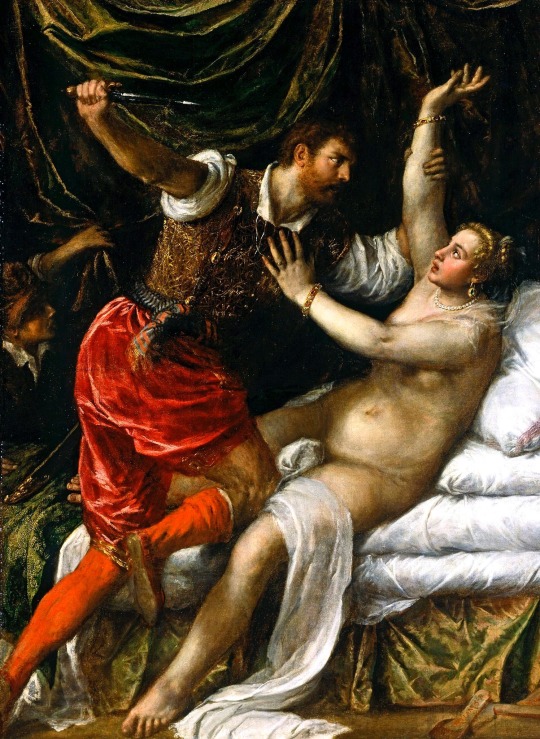Text

The Five Ages of Man
In Hesiod’s Poem “Works and Days,” he describes a lineage of the creation of mankind by the gods through five “ages.” They are as follows:
The Golden Age: In the time of Cronus the gods created the first race of mankind who …”lived like gods without sorrow of heart, remote and free from toil and grief.” (White) they lived in peace and fruitful abundance and were loved by the gods. This race fades away, becoming roaming, friendly daimon spirits to humankind.
The Silver Age: The next age is much less noble, where the mortals are simpletons and are subject to suffering from sin. They wrong one another and neglect their duties to honor the gods with proper sacrifices. In this age, Zeus comes to power, and he wipes away this race in disgust.
The Bronze Age: This warlike race is created by Zeus from Ash trees who …”Loved the lamentable works of Ares and deeds of violence”… and are …”hard of heart like adamant.” Their weapons and homes were of bronze, and the race eventuall falls to their own murderous bloodlust.
The Age of Heroes: Next, Zeus creates a race which is… “nobler and more righteous, a god-like race of hero-men who are called demi-gods.” Some of this heroic race is killed in epic wars of Thebes or Troy, while others live…”untouched by sorrow in the islands of the blessed along the shore of deep swirling Ocean.” Cronus, released from his bonds by Zeus, watches over these.
The Iron Age: Here Hesiod laments being a member of the fifth, (and current) age of men who… “never rest from labour and sorrow by day, and from perishing by night; and the gods shall lay sore trouble upon them.” He describes this age as morally corrupt: neglectful of parents, violent, oath-breaking, and wretched.
Thanks for looking and reading lovely Tumblrs! xoxo
439 notes
·
View notes
Text


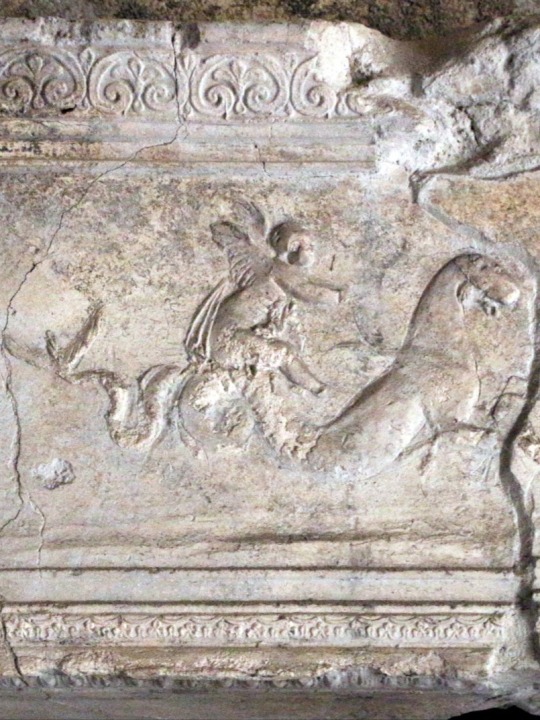
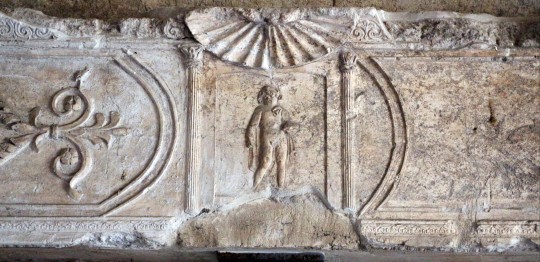

Terme Suburbane (I sec. a.C. - I sec.), Parco Archeologico di Pompei, Napoli.
613 notes
·
View notes
Text

A 1,900-year-old statue of the Buddha — discovered at the ancient Egyptian port city of Berenike, on the coast of the Red Sea — likely belonged to a transplant from South Asia, according to archaeologists.
149 notes
·
View notes
Text

Roman marble statuette (2nd cent. CE) of the Phrygian goddess Cybele, aka the Magna Mater ("Great Mother"). The goddess was imported to Rome from Pergamum during the Second Punic War, in the form of a black meteoric stone (βαίτυλος), at the behest of the Sibylline Books; she was given a festival in April (the Megalensia), but due to the "exoticness" of her cult, Romans were barred from taking part in the ecstatic procession of her eunuch priests. Here, the goddess is shown seated and attended by the lions that were said to draw her chariot. Now in the Los Angeles County Museum of Art. Photo credit: LACMA.
380 notes
·
View notes
Text
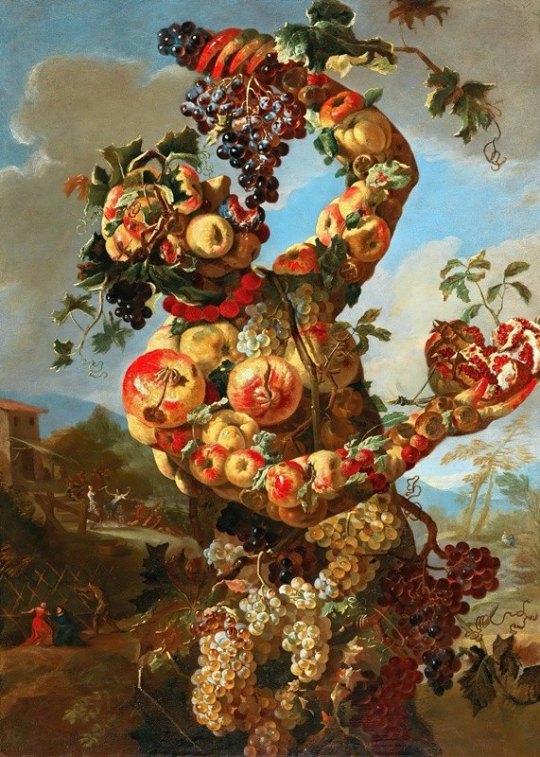
Anthropomorphic Allegory of Autumn (1659-1730) by Giovanni Paolo Castelli.
1K notes
·
View notes
Text



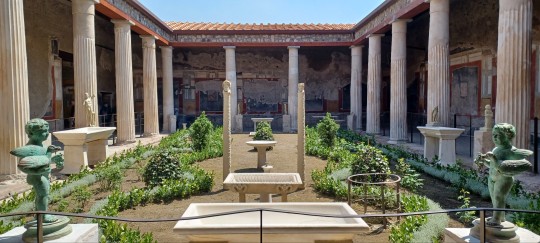
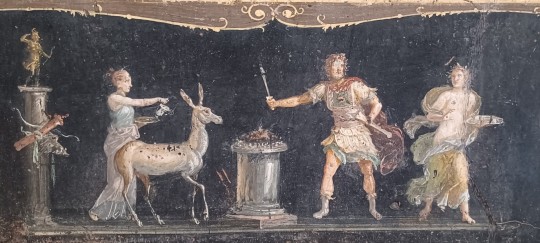




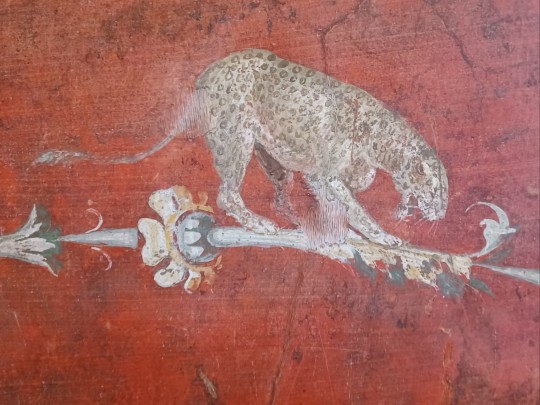
Casa dei Vettii (I sec. a.C. - I sec.), Parco Archeologico di Pompei, Napoli.
343 notes
·
View notes
Text

Cow with a Drooping Horn, Axial Gallery, Lascaux cave
Magdalenian, 15,500 ybp
477 notes
·
View notes
Text


Jacob Wrestling with the Angel (La Lutte de Jacob avec l'Ange) in the Church of Saint-Sulpice, Paris.
by Eugène Delacroix
81 notes
·
View notes
Video
33K notes
·
View notes
Text
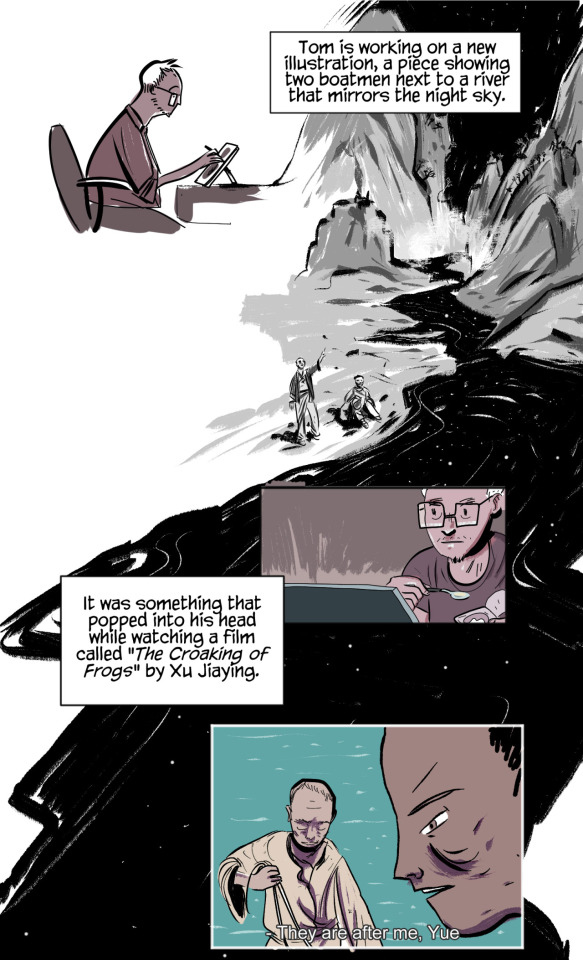
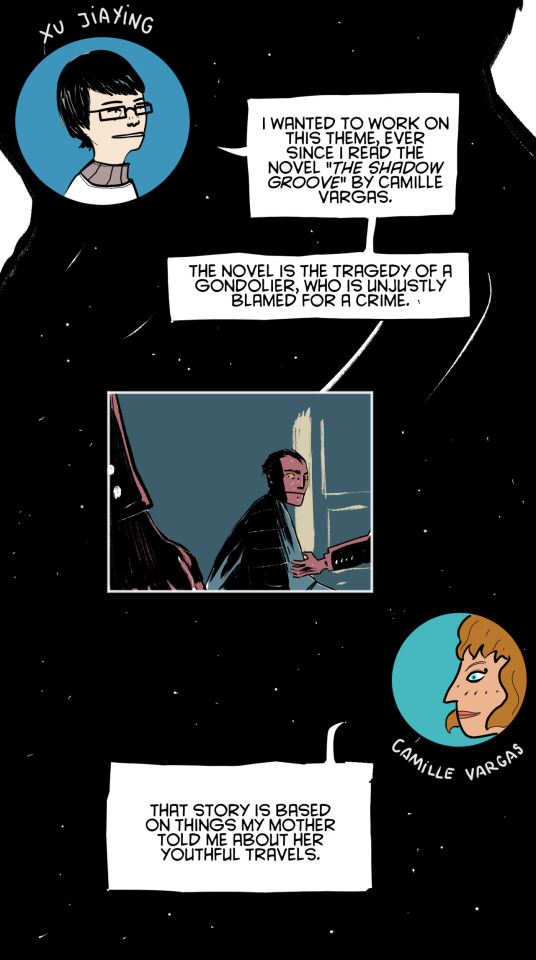
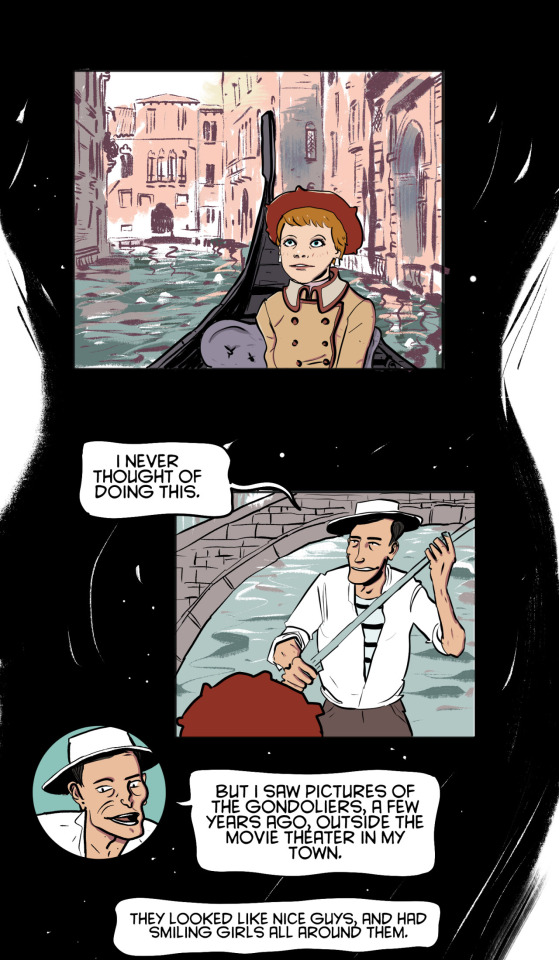
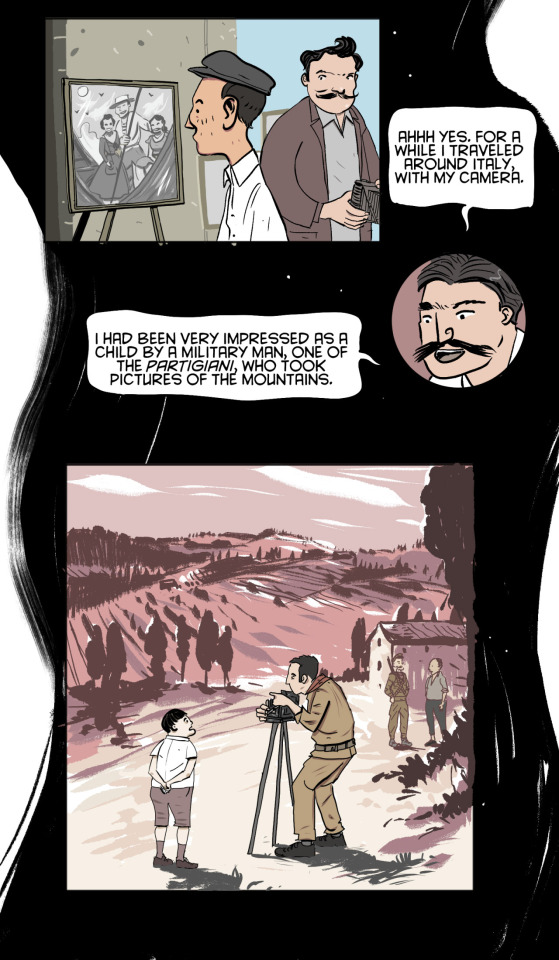


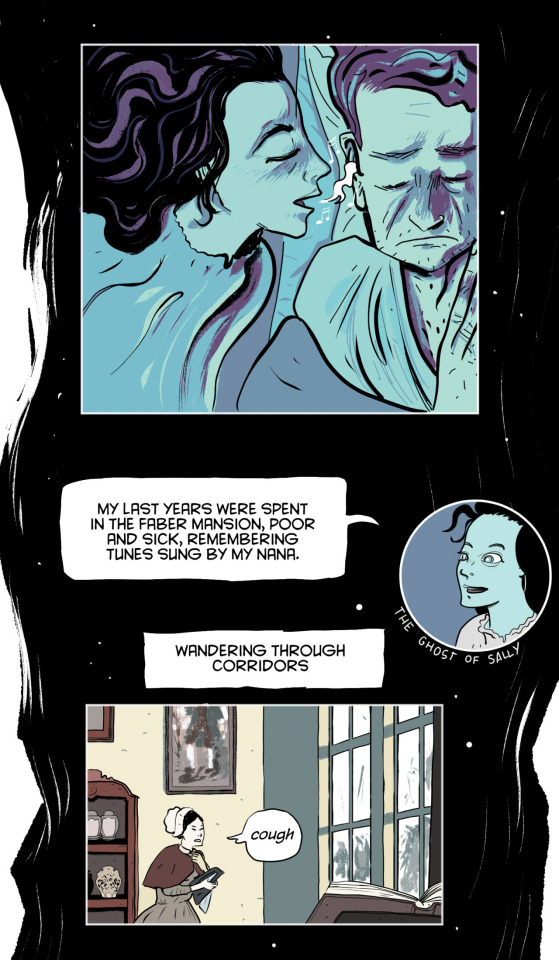
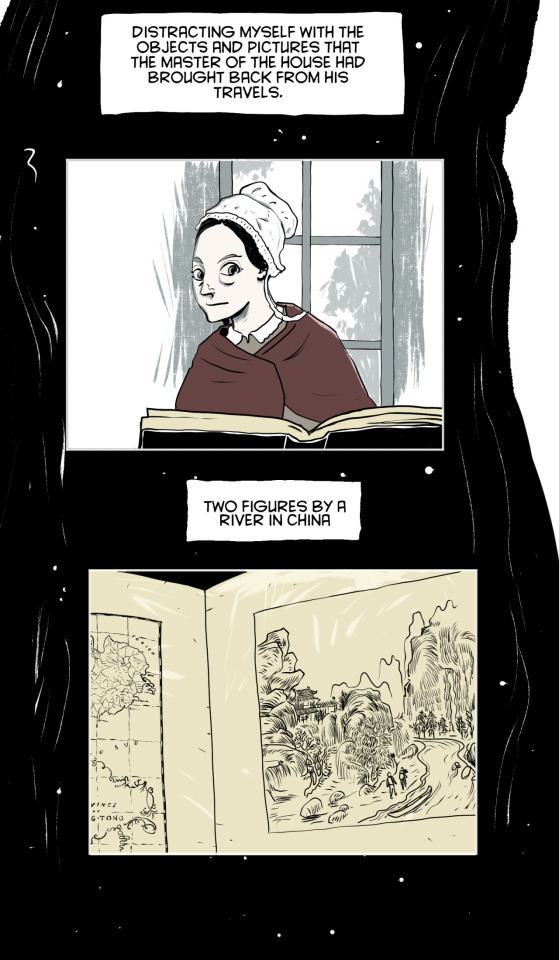



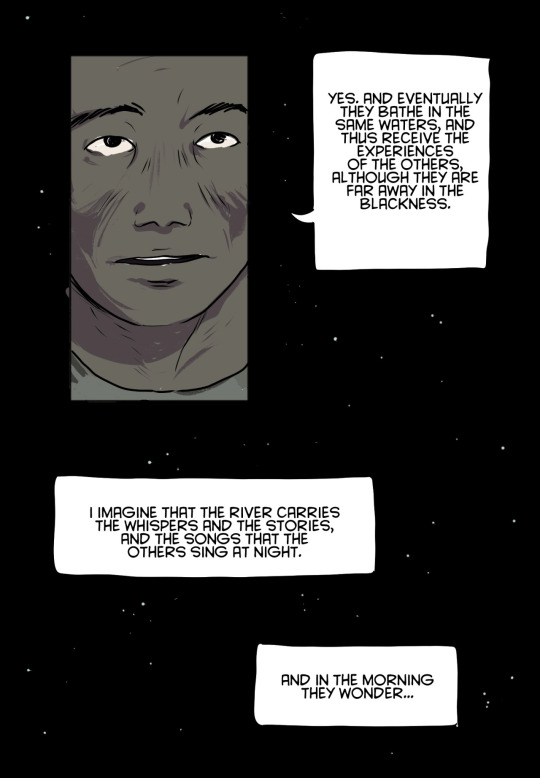
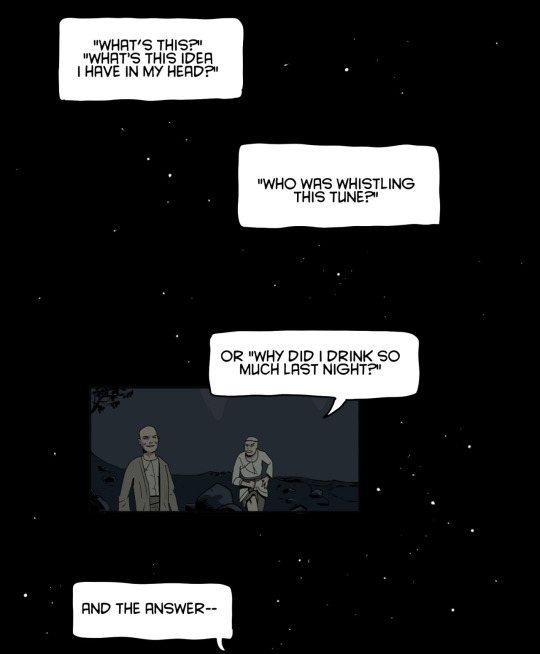

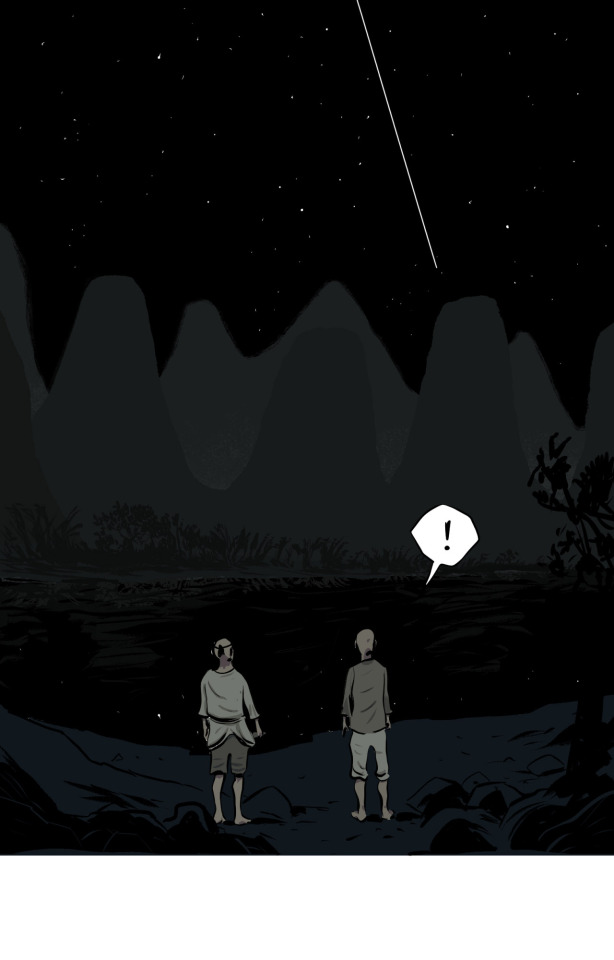

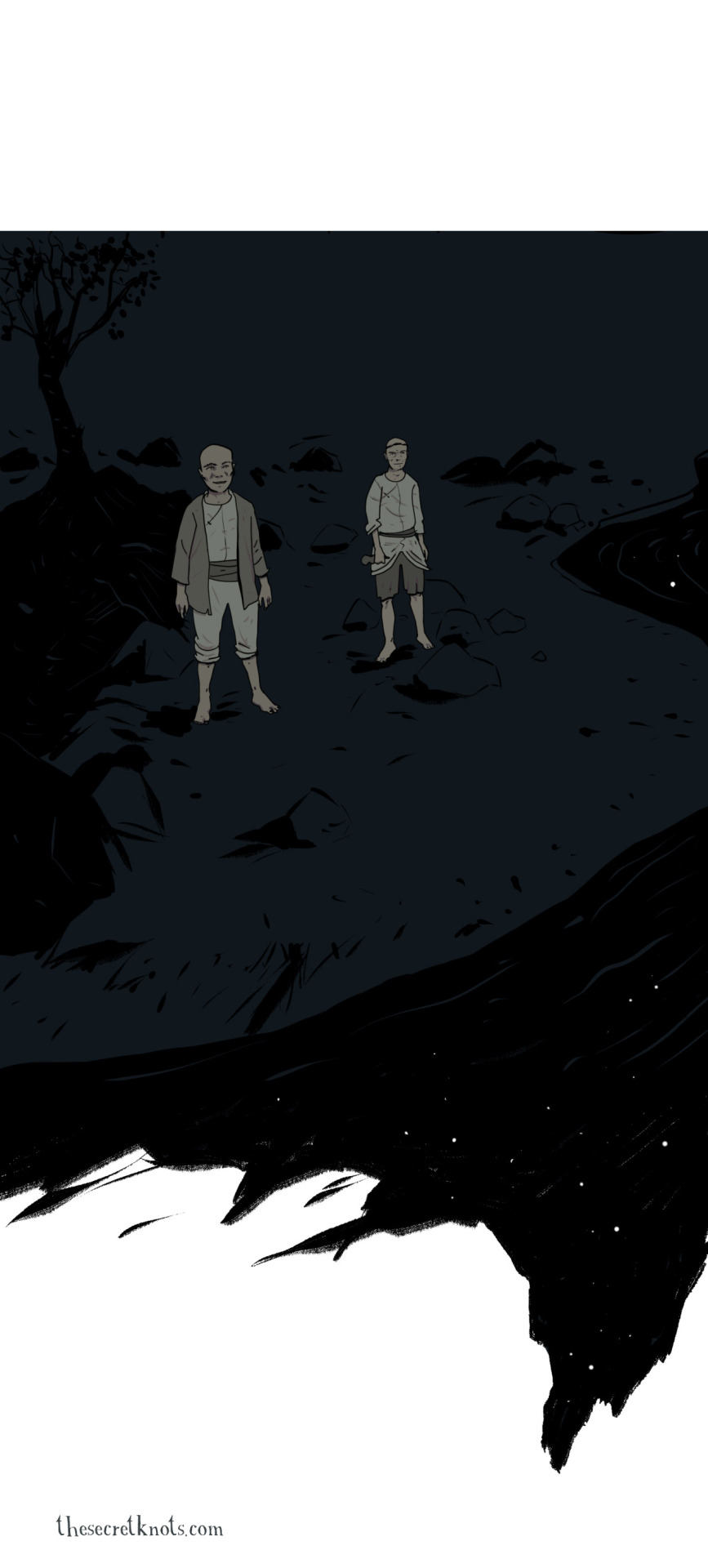
New Secret Knots comic, "The River". I hope you like it!
The Secret Knots comics are made possible by my patrons. Check out my pledge tiers if you'd like to be one of them.
19K notes
·
View notes
Photo

The black areas represent the remaining natural dark skies in the United States
139K notes
·
View notes
Text

Portable lead shrine honoring Minerva, who is wearing a helmet, breastplate with aegis, and holding a shield and sword. This object was discovered in Dorchester, Dorset, England. Likely from the late 4th century CE. Currently in the collection of the Dorset County Museum. Photo by Wesex County Museum: https://www.flickr.com/photos/wessexarchaeology/58505529 Image license: Attribution-NonCommercial-ShareAlike 2.0 Generiic
Interesting to compare this to a portable shrine to Mercury found at Segundium Roman Fort: https://honorthegods.tumblr.com/post/155069075404/portable-shrine-2nd-5th-century-ce-left
24 notes
·
View notes
